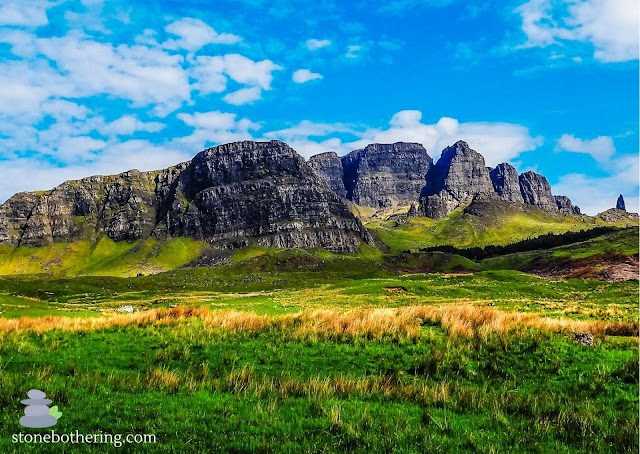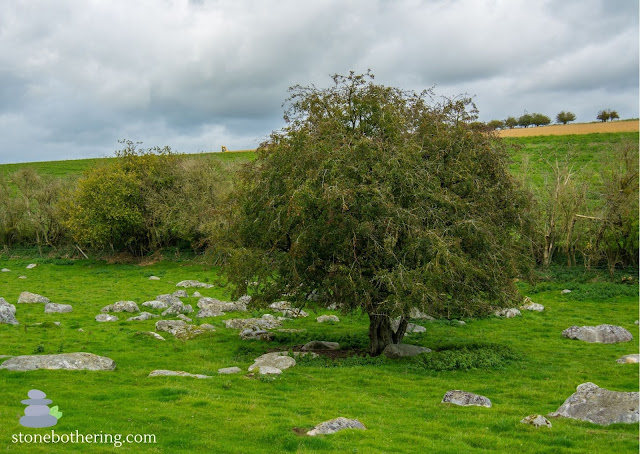The Geological Wonders of the Peak District
.jpg)
The Peak District, a stunning national park nestled in the heart of England, is renowned for its breathtaking landscapes and rich geological history. From towering cliffs to hidden valleys, the region showcases a diverse array of geological wonders that have shaped the land over millions of years. In this blog post, we’ll explore three of the Peak District's most iconic natural landmarks: The Roaches, Dovedale, and Stanage Edge. Whether you're a nature lover, a geologist, or simply someone looking to explore the outdoors, these geological gems are a must-see. THE ROACHES: A DRAMATIC DISPLAY OF GRITSTONE The Roaches are one of the Peak District's most striking geological features, located just north of the town of Leek. These towering gritstone rocks rise dramatically above the surrounding countryside, offering stunning views and a glimpse into the region's deep geological past. The formation is primarily composed of gritstone, a type of sandstone that formed during the ...
.jpg)


.jpg)

